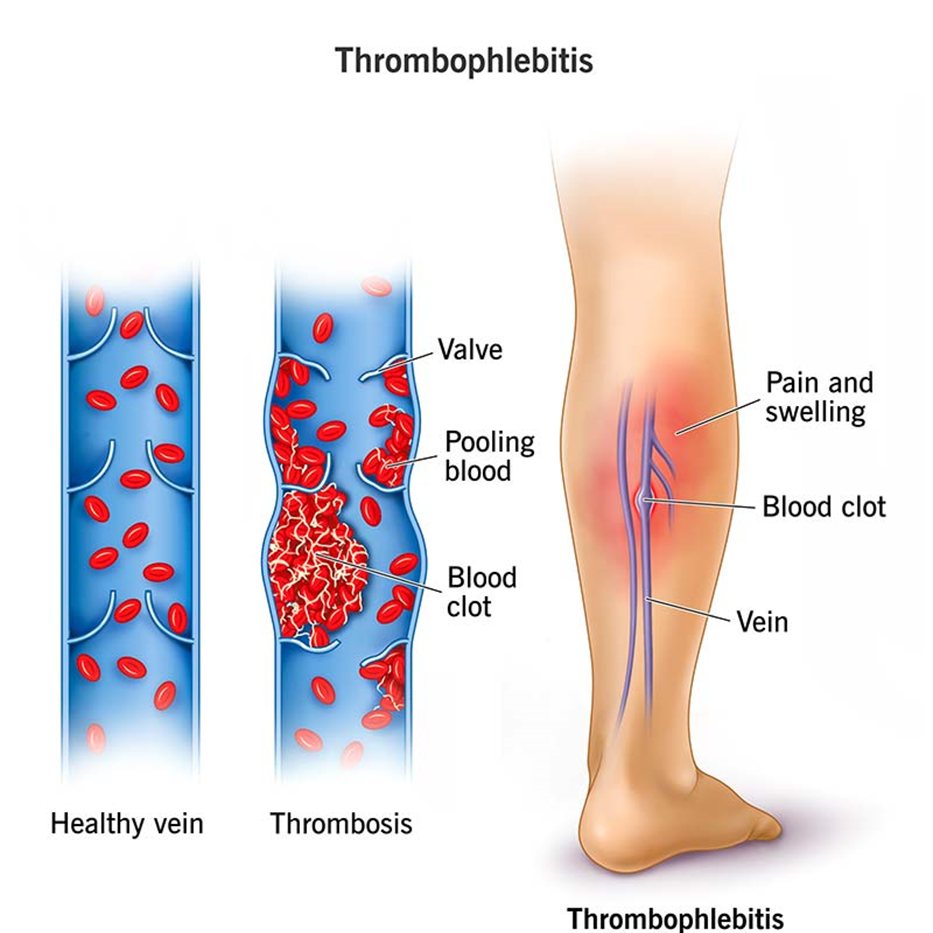A nurse is caring for a client at risk for fluid volume overload with an order to infuse 1 unit of blood. The health care provider specified the rate of infusion must be 8 hours to prevent the effects of fluid volume overload in this client. Which intervention should the nurse implement for this client?
Retrieve the blood from the laboratory and run each unit at an 8-hour rate.
Notify the laboratory to split the unit into 2, then infuse each half for 4 hours.
Call the HCP to question the order because blood must infuse within 4 hours.
Infuse each unit for 8 hours, the maximum rate for a unit of blood.
The Correct Answer is C
Choice A Reason:
Retrieving the blood from the laboratory and running each unit at an 8-hour rate is not appropriate. According to transfusion guidelines, blood products should be infused within 4 hours to prevent bacterial growth and reduce the risk of transfusion-related complications1. Infusing blood over 8 hours increases the risk of these complications.
Choice B Reason:
Notifying the laboratory to split the unit into 2 and then infusing each half for 4 hours is also not ideal. While this approach might seem to address the time constraint, it is not a standard practice and could lead to issues with blood product integrity and patient safety2. Blood products are typically not split unless there are specific protocols in place, and this is not a common intervention for managing infusion rates.
Choice C Reason:
Calling the HCP to question the order is the correct intervention. Blood transfusions must be completed within 4 hours to ensure patient safety and maintain the integrity of the blood product3. The nurse should advocate for the patient by questioning any orders that do not align with established guidelines and best practices.
Choice D Reason:
Infusing each unit for 8 hours is incorrect. The maximum duration for infusing a unit of blood is 4 hours4. Extending the infusion time beyond this limit increases the risk of complications such as bacterial contamination and reduced efficacy of the blood product.
Nursing Test Bank
Naxlex Comprehensive Predictor Exams
Related Questions
Correct Answer is A
Explanation
Choice A reason: Thrombophlebitis is characterized by inflammation of the vein with the formation of a blood clot. The signs and symptoms include erythema, warmth, edema, and a red line traveling up the vessel, which indicates the presence of inflammation and possible clot formation. This condition requires prompt intervention to prevent further complications such as the spread of infection or the clot traveling to other parts of the body.

Choice B reason: Infiltration occurs when IV fluid or medication leaks into the surrounding tissue. Signs of infiltration include swelling, discomfort, and coolness at the IV site, but it does not typically present with erythema, warmth, or a red line traveling up the vessel. Infiltration is less likely to cause the systemic signs seen in this case.
Choice C reason: Infection at the IV site can cause erythema, warmth, and edema, but it usually does not present with a red line traveling up the vessel. The red line is more indicative of thrombophlebitis, where the inflammation follows the path of the vein. Infection would also likely present with additional systemic signs such as fever.
Choice D reason: Extravasation involves the leakage of vesicant drugs into the surrounding tissue, causing severe local tissue damage. Signs include pain, burning, and blistering at the site, but it does not typically present with a red line traveling up the vessel. Extravasation is more localized and does not follow the vein’s path like thrombophlebitis.
Correct Answer is A
Explanation
Choice A Reason:
Mobilizes secretions is correct. Expectorants work by thinning and loosening the mucus in the airways, making it easier to cough up and expel. This helps clear the respiratory tract of mucus and other secretions, making the cough more productive.
Choice B Reason:
Suppresses the urge to cough is incorrect. This describes the action of antitussives, not expectorants. Antitussives work by suppressing the cough reflex, which is different from the mechanism of expectorants.
Choice C Reason:
Reduces inflammation is incorrect. While reducing inflammation can help with respiratory symptoms, it is not the primary mechanism of action for expectorants. Anti-inflammatory medications are used to reduce inflammation.
Choice D Reason:
Dries mucous membranes is incorrect. Drying mucous membranes is typically the action of antihistamines, not expectorants. Expectorants aim to increase the moisture in mucus to make it less sticky and easier to expel.
Whether you are a student looking to ace your exams or a practicing nurse seeking to enhance your expertise , our nursing education contents will empower you with the confidence and competence to make a difference in the lives of patients and become a respected leader in the healthcare field.
Visit Naxlex, invest in your future and unlock endless possibilities with our unparalleled nursing education contents today
Report Wrong Answer on the Current Question
Do you disagree with the answer? If yes, what is your expected answer? Explain.
Kindly be descriptive with the issue you are facing.
